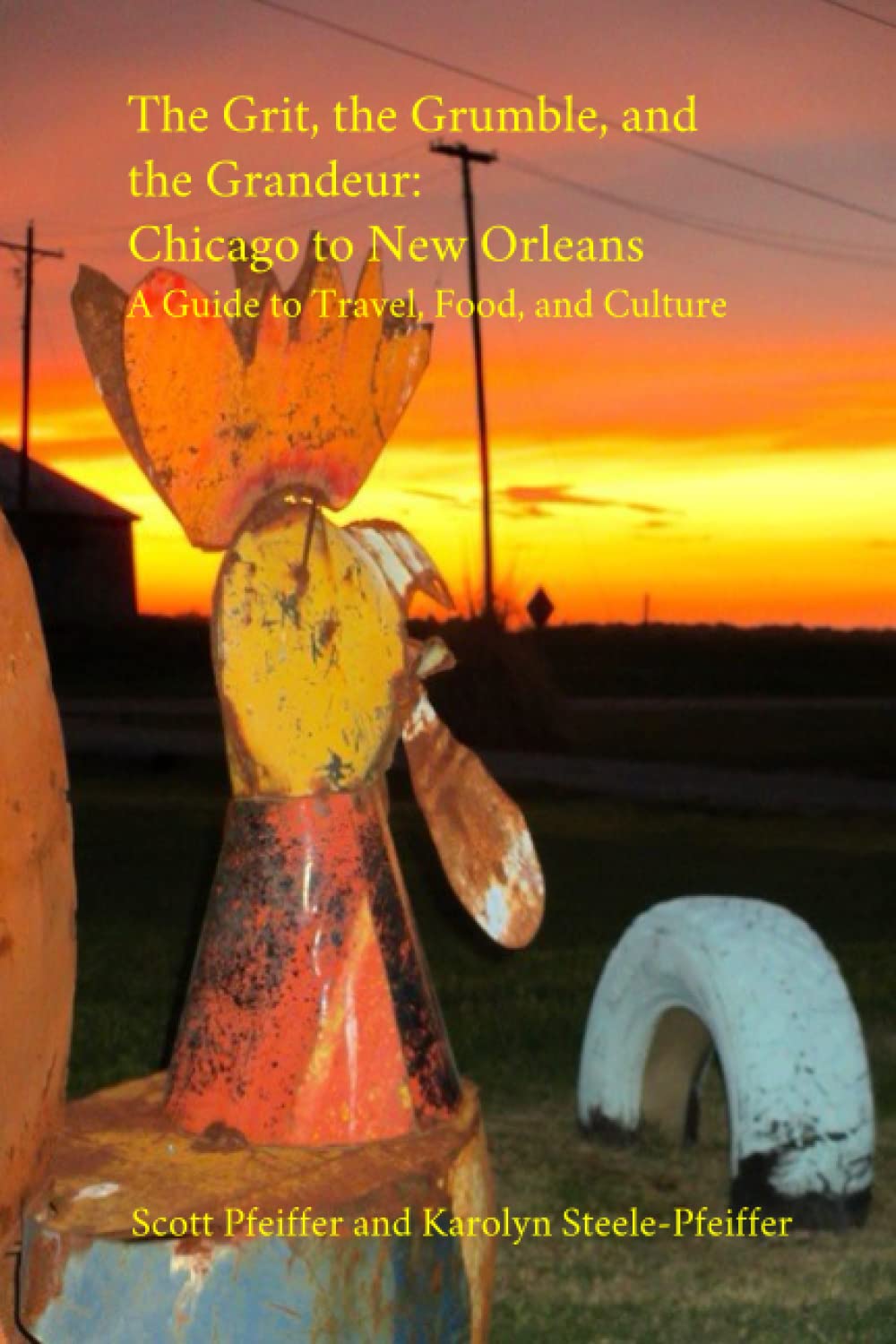Top Ten, 2007
Though I see at least one current release a week, there were still tons of interesting ’07 films I missed. This list, then, is my ten favorites of what I managed to see, pretty much in order of preference.
1. Once – It would take the finest of novelists pages to capture what Glen Hansard and Marketa Irglova convey in a glance in this realist Irish musical. A joy, and my favorite picture of the year.
2. Away From Her – Young Sarah Polley’s wise adaptation of Alice Monroe’s short story about Alzheimer’s, “The Bear Came Over the Mountain”. A deeply moving look at a loved woman’s fading away, perfectly acted by Julie Christie and Gordon Pinsent.
3. No Country for Old Men – The Coen brothers’ uncompromising translation to the screen of novelist Cormac McCarthy’s existentialist vision: life is random and meaningless, the world dark and cold. You can’t stop what’s coming, so find brief respite in the warmth of this waking life, in the eyes of others, if you can, for there is naught to follow but cold, darkness. (In a way "No Country" is the inverse of McCarthy’s more recent novel "The Road", a book about undying hope in the face of as bleak a situation as is imaginable.) Javier Bardem plays a killer on the trail of stolen drug money who gazes upon human beings with eyes that most of us reserve for something that turned up on the bottom of our shoe. A modern classic.
4. There Will Be Blood – Oddly enough, P.T. Anderson’s slow-burning powerhouse about the roots of American oil lust and evangelism in the late nineteenth century put me in mind, in its structure and stately pace, of “2001”. The film takes Daniel Day-Lewis’ sociopathic oil man from a dank well to an opulent manse, traversing a distance almost as far as Kubrick’s leap from bone to spaceship. Day-Lewis extracts dark, oozing liquid from whatever surfaces he bends might and main to crack, whether it be rock or head.
5. Juno – As a dryly droll and very pregnant teen in this comedy-drama, Canadian actress Ellen Page sells each zinger in writer Diablo Cody’s stream-of-snap script. As a grown woman yearning to adopt who upon first impression seems rather un-cool, Jennifer Garner gradually makes us see a woman who has so much love to give. Can’t remember the last time I exited a theater with an audience so smiling, so lifted, so sure they’d just seen something good.
6. Margot at the Wedding – Writer/director Noel Baumbach’s verite-style comedy-drama stars Nicole Kidman as Margot, a writer visiting her girlhood home on the sea for the wedding of her sister (Jennifer Jason Leigh). A tactless, medicated—but deeply loving, in her way—mother of an adolescent, Margot says whatever she thinks, with absolutely no consideration whatsoever of the impact of her words upon landing. Kidman and Baumbach know a thing or two about the art of crafting character. As in Baumbach’s previous feature, “The Squid and the Whale”, there’s a startling frankness about the exigencies of pubescent bodies. With Jack Black, quite good as Jason Leigh’s slacker fiancé. I like the way Margot’s pink hat stands out against the grey color scheme.
7. I’m Not There – Chasing Dylan through the labyrinth of reinvention, Todd Haynes deconstructs the biopic.
8. Before the Devil Knows You’re Dead – Acting that peers into the abyss from Philip Seymour Hoffman and Ethan Hawke as brothers who fatally botch the robbery of their own parents’ jewelry shop. A lesson in narrative structure (or syntagma, as we say in film theory) and the soul from veteran director Sidney Lumet.
9. Eastern Promises – David Cronenberg and Viggo Mortensen follow up "A History of Violence" with this hard, cold, sleek gem about the Russian mafia in London. You heard about the elemental power of the naked life-and-death struggle in the steam room scene.
10. The Namesake –A first-generation New Yorker rebels against his Indian parents and their strange (to him) culture. The callow youth comes to understand something about parental love, and the perspective that comes from learning to see himself and the world through their eyes. Feels a bit rushed towards the end, but I guarantee my readers would truly enjoy this one.
Honorable mentions: Michael Clayton, I Want Someone to Eat Cheese With, Sicko, Gone Baby Gone, The Darjeeling Limited, In the Valley of Elah, 2 Days in Paris
- Jan 10, 2008


 Scott Pfeiffer
Scott Pfeiffer